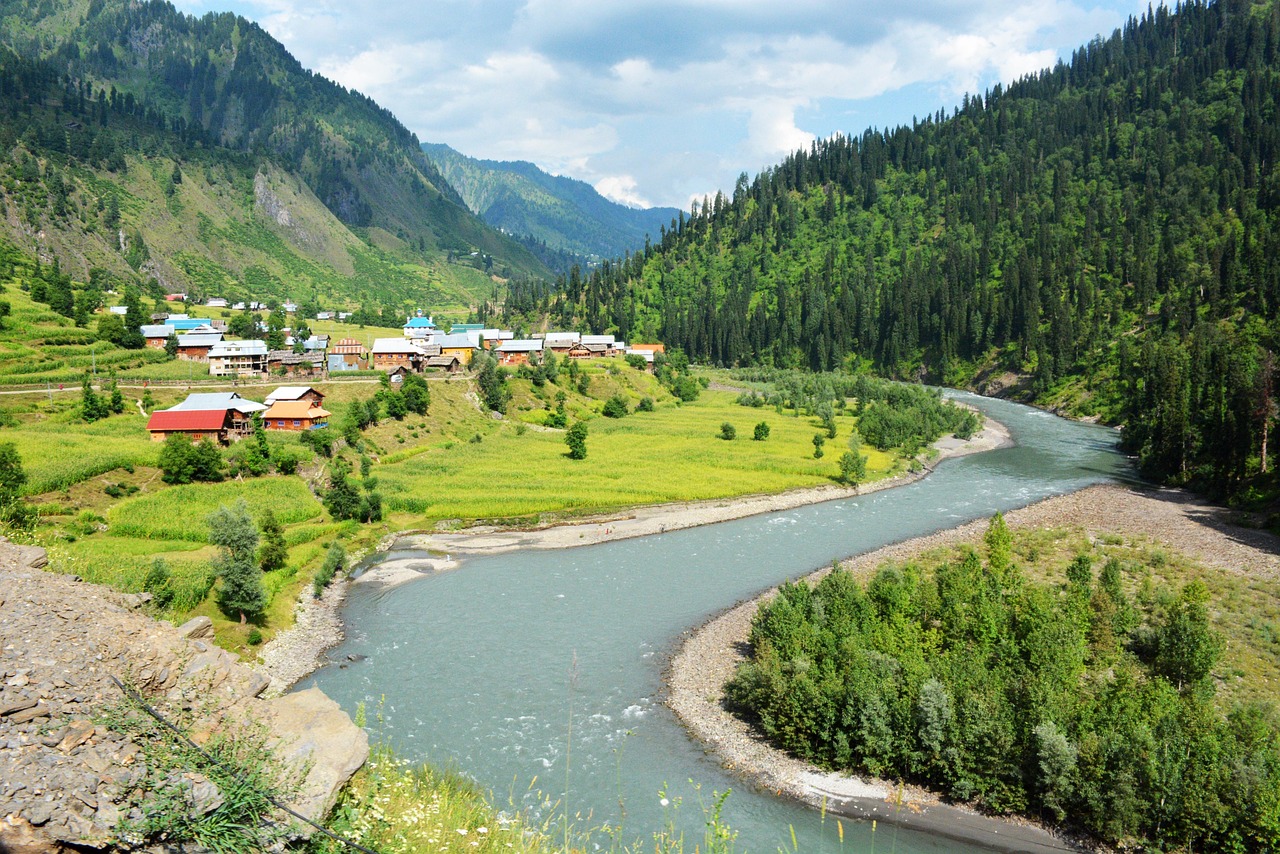Pakistan Video
Weathering Pakistan: Seasonal Changes and What to Expect
Pakistan is a country located in South Asia, known for its diverse landscapes and varying weather conditions. The climate in Pakistan is influenced by its geographical location, with regions experiencing different weather patterns throughout the year. Understanding the seasonal changes and what to expect can help travelers and residents plan accordingly for their time in Pakistan.
Spring
Spring in Pakistan starts in March and lasts until May. It is characterized by mild temperatures and blooming flowers. Here are some key features of the spring season in Pakistan:
- Temperature: During spring, temperatures range from 15°C to 25°C (59°F to 77°F) in most parts of the country.
- Flora: The landscape comes alive with colorful flowers, including tulips, cherry blossoms, and roses.
- Events and Festivals: Spring is a festive time in Pakistan, with celebrations like Basant and Nauroze taking place.
- Outdoor Activities: The pleasant weather makes it ideal for outdoor activities such as hiking, picnics, and exploring nature reserves.
Summer
Summer in Pakistan spans from June to August, bringing with it hot and dry weather. Here’s what you can expect during the summer season:
- Temperature: Temperatures can soar up to 45°C (113°F) in some parts of the country, particularly in the plains.
- Monsoon Season: The summer months also mark the arrival of the monsoon season, bringing relief from the heat with occasional rainfall.
- Beach Destinations: Coastal areas like Karachi and Gwadar are popular during the summer, offering beachside relaxation and water sports.
- Mountain Retreats: To escape the heat, many people head to the northern mountainous regions like Murree and Swat for cooler temperatures and scenic beauty.
Monsoon
The monsoon season in Pakistan occurs from July to September, bringing heavy rainfall to various parts of the country. Here’s what you need to know about the monsoon season:
- Rainfall: The monsoon season brings substantial rainfall, particularly in the northern regions and along the Indus River.
- Flooding: Heavy rainfall can sometimes lead to flooding, so it’s important to stay updated with weather alerts and avoid traveling to affected areas.
- Lush Greenery: The monsoon season transforms the landscape into lush green fields and forests, making it a picturesque time to explore nature.
- Cooler Temperatures: The rainfall helps cool down the temperatures, providing relief from the summer heat.
Autumn
Autumn in Pakistan spans from September to November, bringing pleasant weather and a beautiful display of colors. Here’s what to expect during the autumn season:
- Moderate Temperatures: Autumn offers comfortable temperatures ranging from 20°C to 30°C (68°F to 86°F), making it an ideal time for outdoor activities.
- Festivals: The autumn season is marked by festive celebrations such as Eid-ul-Adha and Muharram.
- Changing Colors: The leaves of trees change color, creating a breathtaking scenery, especially in the northern regions like Hunza and Naran.
- Trekking and Hiking: The pleasant weather makes it a great time for trekking and hiking expeditions in the mountainous regions of Pakistan.
Winter
Winter in Pakistan lasts from December to February and brings cold temperatures, especially in the northern regions. Here’s what you can expect during the winter season:
- Cold Temperatures: Winter temperatures can drop below freezing in the northern areas, while the plains experience milder winters with temperatures ranging from 5°C to 15°C (41°F to 59°F).
- Snowfall: The mountainous regions like Gilgit-Baltistan and Azad Kashmir receive heavy snowfall, making them popular destinations for winter sports enthusiasts.
- Dry Weather: Winter is generally a dry season in most parts of Pakistan, with clear skies and limited rainfall.
- Indoor Activities: During winter, indoor activities such as visiting museums, exploring historical sites, and enjoying traditional Pakistani cuisine become popular.
Pakistan Image 1:

Spring
…
Monsoon
…
Autumn
…
Pakistan Image 2:

Winter
…
References:
– Pakistan Meteorological Department: www.pmd.gov.pk
– National Tourism Coordination Board: www.tourism.gov.pk
– Ministry of Climate Change: www.mocc.gov.pk
– Pakistan Tourism Development Corporation: www.tourism.gov.pk/ptdc


